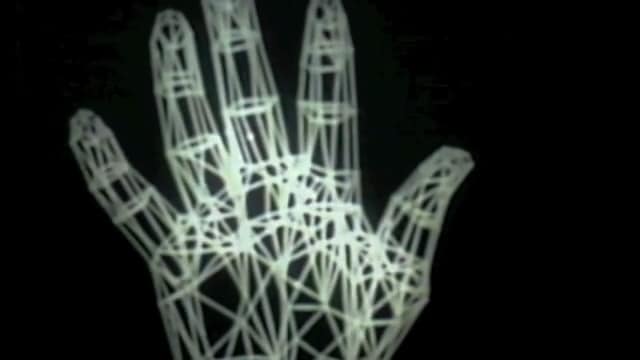Robot Pants
Member
what's up with that background behind him?
The game industry (and movie industry) is stuck in the 90's on so many levels it's not even funny. The fact that we're still trying to tech our way out of the 90's mentality is testament that we're still stuck there.



Good find. Watching now...Looks like i found the presentation
http://www.gamespot.com/unreal-1990/videos/tim-sweeney-dice-2012-session-6350144/?hd=1
I do not want to shoot lifelike people.
Do we really want reality-level graphical quality though?
Actually it's just a matter of time.Lifelike graphics, of course, lifelike games, no, never.
We should all commit suicide just to prove him wrong.
That's not just about graphics though. I'm sure that if current games had enemies that reacted frightened and tried to hide from you. Or if enemies would beg you for their life or went into shock because of bullet wounds you had inflicted hardly anyone would finish the game.
I'm sure they can do it on current technology, but who would play it?
At the moment games aren't much more then a shooting gallery. If enemies died more realisticly and acted in a more realistic fashion most people would be puking after 5 minutes of uncharted.
Don't pretend like there isn't a difference between passively watching a character completely separate from yourself and your identity commit an action and you deciding to and carrying out the act of killing what is indistinguishable from a real human being. And don't think the medium in which the killing is carried out makes a difference. Drone operators half-way around the world get PTSD from pressing buttons to launch rockets at their targets.
As awesome as that would be, it is practically unthinkable based on our current understanding of science... still, we might be closer in a few thousand years! Though some ultra-immersive technologies such as contact lenses with built in LEDs aren't beyond the realms of possibility in the near future.The key point here is that they are killing real people, and they know that. Yeah if you created a scenario where someone was told they are operating a real drone and they were shooting real people (if the graphics were 100% real) then yeah they would probably experience the same thing real drone operators do. That's a very specific use case though. We don't know what control interfaces will be like in the future. We don't know if you will just plug your brain in like The Matrix or if we will be using motion technology with high def TV's still.
Raw graphical processing, as in geometry and texture detail with a boat load of shaders and post processing, simulating a convincing realistic image? Yeah, I can see it.
But it's the dynamics that will be required to bridge the uncanny valley. I'm not so much worried about the above, but instead how lively, life like and convincing the way game environments react to interaction. Same goes for animation.
I guess what I'm trying to say is I could see us creating life like images that have a tendency to fall apart in motion (as in, when interacting with them). I'd love to be wrong though.
This wasn't really real-time. The display hardware at the time couldn't even display the whole frame, they ended up taking long-exposure Polaroids off the screen and using that to transfer to film to show the animation.1972

This isn't close to real-time either.2011

As awesome as that would be, it is practically unthinkable based on our current understanding of science... still, we might be closer in a few thousand years! Though some ultra-immersive technologies such as contact lenses with built in LEDs aren't beyond the realms of possibility in the near future.
I was deciding on whether to post real time stuff or pre-rendered but I decided to post those because they were the same size; don't be so harsh on me. That was a tongue in cheek post, all I wanted was to joke about the matrix.This wasn't really real-time. The display hardware at the time couldn't even display the whole frame, they ended up taking long-exposure Polaroids off the screen and using that to transfer to film to show the animation.
This isn't close to real-time either.
Had to shut it down when he said Samaritan and a Crysis 2 screen popped up. Please tell me that he corrects that I not dare to watch.Looks like i found the presentation
http://www.gamespot.com/unreal-1990/videos/tim-sweeney-dice-2012-session-6350144/?hd=1
Had to shut it down when he said Samaritan and a Crysis 2 screen popped up. Please tell me that he corrects that I not dare to watch.
